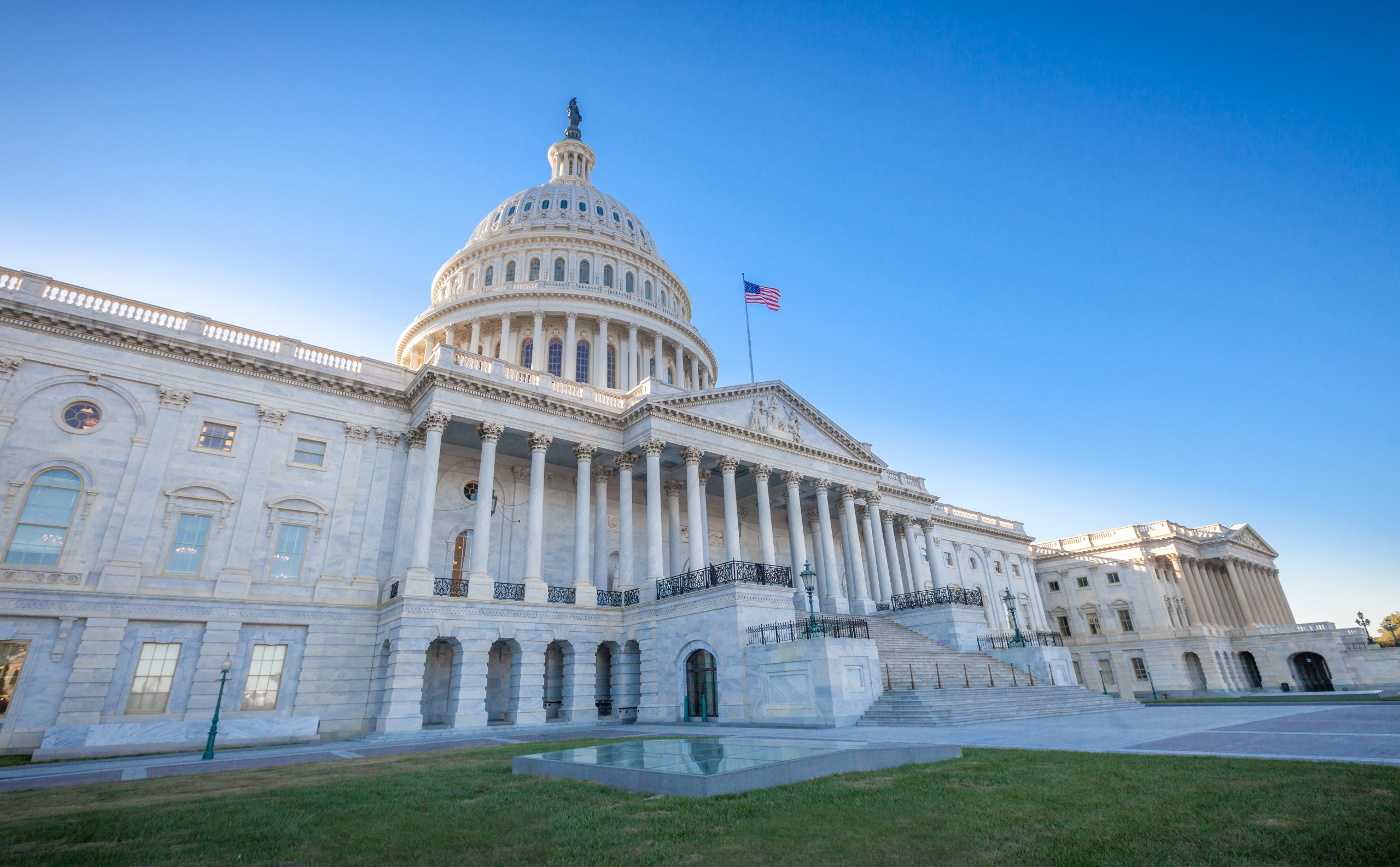Government Affairs and Advocacy
Nov. 16 Federal Update: Midterm Elections Deliver Surprises and Need for Patience
Though the final vote counts in many close races will take days, if not weeks, to tally, Election Day has provided surprising results that go against the historical norm for midterm elections. Virtually all midterms are referendums on the president’s party, often resulting in massive gains for the party out of power. However, Democrats aggressively messaged this election as a “choice” rather than a referendum and managed to win some races that many pundits thought would be easy wins for Republicans. Inflation, the economy, abortion, crime, and immigration topped the issues driving voters to the polls.
Though Republicans gained seats in the House of Representatives and are likely to have a slight majority when it’s all said and done, Democrats avoided an expected thumping and held on to critical seats in suburban areas across the country. In the Senate, Democrats picked up a seat in Pennsylvania and successfully defended seats in Nevada and Arizona, clinching control of the Senate. A runoff election in Georgia next month will decide whether Democrats increase their margin in the chamber to 51-49. Democrats maintained control of critical statehouses across the country, while Republicans had only a handful of state-level surprises, including Ron DeSantis’ win in Florida by a margin that was larger than expected.
Impact of the Midterms on Nonprofits
The “Federal Mid-Term Elections: Impact on Charitable Nonprofits” webinar featured perspectives from leaders of national nonprofits including Social Current President and CEO Jody Levison-Johnson. Watch now!
A divided Congress is likely to have a direct impact on the social sector and our communities. House Minority Leader Kevin McCarthy, who may be the Speaker of the House, and other Republicans have promised to refuse to raise the debt ceiling without forcing cuts to social services, clean energy, and Social Security and Medicare. President Joe Biden has resolutely opposed these measures. This standoff could lead to a government shutdown that would send the country into default and temporarily pause needed federal funds for nonprofits until lawmakers figure out a solution. Without a federal budget for next year, many of the funding streams the social sector relies on would be in danger. In the background of this potential showdown, the Federal Reserve would raise interest rates, and the economy would be teetering on the edge of a recession. Nonprofits must redouble their efforts to help their communities grapple with these challenges. The social sector must act now to temper the passions of both sides and support bipartisan pathways forward.
Voter Turnout Soars in Midterm Elections
Votes are still being tallied, but initial counts and projections suggest that voter turnout will land around 46% of eligible voters. Though this estimate falls short of the massive turnout in the 2018 midterms of approximately 49%, it still surpasses every other midterm election this century. In a handful of states, like Pennsylvania, Arizona, Michigan, Utah, and Oregon, voter turnout exceeded 2018 levels. One of the surprises of the night was the turnout among young voters. In this midterm, 27% of voters between the ages of 18-29 cast a ballot—the second-highest turnout rate of that age group in 30 years. Youth voter turnout averages about 20% in midterm elections. In key states like Michigan, North Carolina, New Hampshire, Nevada, Pennsylvania, and Wisconsin, this demographic averaged 31%. Youth activists credited the increased turnout in these states to increased engagement with young people through targeted outreach and voter registration efforts.
Subscribe to the Policy and Advocacy Radar to receive our biweekly policy roundup, which includes commentary on issues in Social Current’s federal policy agenda, opportunities to take action, and curated news and opportunities.

